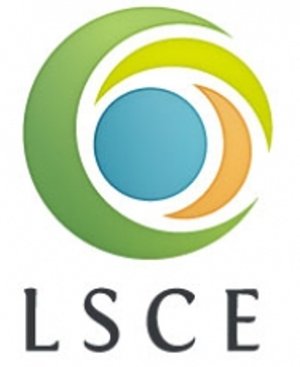The isotopic tracer 137Cs, along with other fallout radionuclides, serves as a valuable tool in estimating soil redistribution rates, distinguishing between different sediment sources, and fine-tuning sediment dating models. This unique isotope was introduced into the global environment primarily through atmospheric nuclear testing conducted between the 1950s and 70s, reaching its peak in 1963-64.
In the northern hemisphere, particularly in Europe and Japan, additional 137Cs was deposited as a result of the nuclear disasters at Chernobyl and Fukushima, respectively. The southern hemisphere, on the other hand, received this artificial radionuclide only from nuclear bomb tests. Within this context, a notable proportion, especially in the mid-latitudes of South America, can be attributed to the French Polynesian atmospheric tests. Interestingly, these specific tests occurred during a more recent time frame compared to those executed by the US and Russia.
Throughout the 21st century, the Pampas region—which spans parts of Argentina, Paraguay, Brazil, and total Uruguay—has undergone significant shifts in land use. No-till agriculture, hailed for its potential to reduce erosion rates, has grown prevalent. Concurrently, the region has seen a substantial expansion in planting areas, particularly with the introduction of soybeans in zones traditionally dominated by extensive cattle ranching on natural pastures. The landscape has further transformed with the widespread implementation of eucalyptus and pine plantations.
The unique fallout distribution and land use shift in southern South America, as compared to other global regions, offers an intriguing opportunity for calibrating sediment dating with dual peak identification, and an estimate of erosion for two very different time periods of land use that could be measured with different fallout radionuclides (e.g. 137Cs vs. 210Pbex). However, this unique fallout distribution in this region could potentially alter the soil redistribution models that are based on 137Cs. We will be presenting results on a subwatershed scale, as well as at the plot level, focusing on the use of 137Cs in soil erosion estimation in Uruguay.
Universidad de la Republica, Montevideo, Uruguay.

